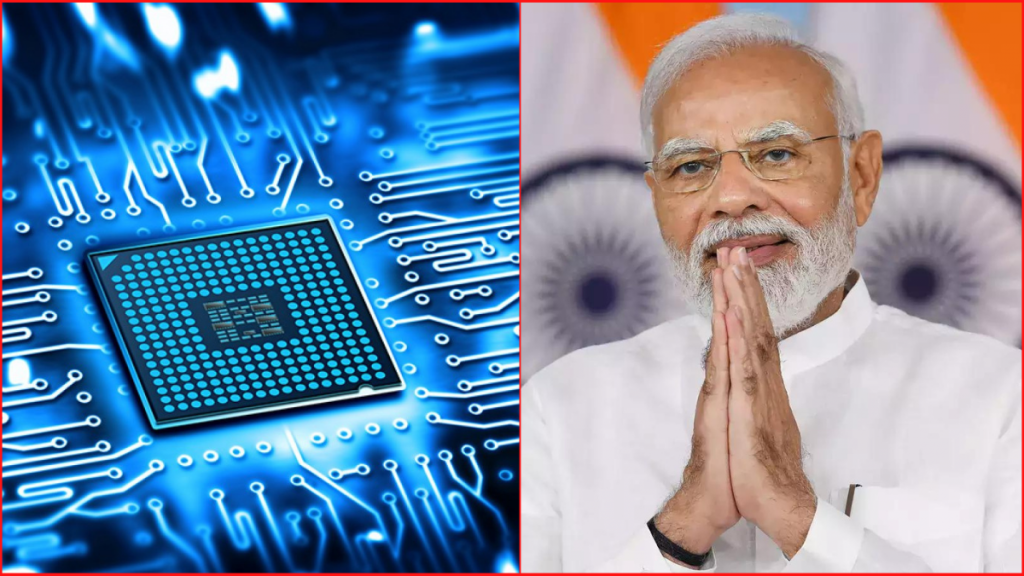New Delhi: India is making significant strides towards establishing its semiconductor manufacturing capabilities, and the Union Minister of Information and Technology, Ashwini Vaishnaw, has announced plans to approve the setup of at least two semiconductor plants in the country by next year. The move aims to reduce reliance on imports and bolster the Indian technology industry.
The country is set to witness the launch of its first Made in India semiconductor chip by December 2024. The introduction of this chip is anticipated to drive down prices of various electronic devices, including mobile phones, computers, medical equipment, appliances, and gaming hardware, offering a boost to the technology sector.
Gujarat will be the first state to house a semiconductor manufacturing factory, with other states expected to follow suit. The Indian government has engaged in discussions with prominent global players, such as Foxconn and Micron, to facilitate the establishment of these plants.
Prime Minister Narendra Modi has been a driving force behind India’s push into the semiconductor industry. During the Semicon India 2023 conference in Gandhinagar, he declared the government’s unwavering support for the sector, offering incentives and financial assistance to potential investors. The Prime Minister emphasized that India is actively developing a conducive ecosystem to foster semiconductor growth in the country.
The Indian government’s $10 billion incentive scheme is set to encourage investment in the semiconductor industry. The financial subsidy for the project cost of manufacturing plants will be determined based on the chip size, creating a favorable environment for investors.
Minister Ashwini Vaishnaw expressed confidence in approving two high-quality semiconductor chip fabrication proposals within the next 12 months. He also predicted that the electronics manufacturing industry would grow to $300 billion in the next five years, with the semiconductor sector expected to experience a similar trajectory due to the production-linked incentive schemes.
India’s journey in semiconductor manufacturing has been a bumpy one, marked by missed opportunities and policy challenges. From the 1960s, the country made attempts to establish itself in this space but faced regulatory and bureaucratic hurdles. Policy paralysis and delays in formulating a comprehensive policy on semiconductor manufacturing hindered India’s progress. Despite promising starts by public sector undertakings, India couldn’t capitalize on its early potential.
However, the tide seems to have turned, and India is now poised to become a major player in the semiconductor industry. The country’s efforts to create a conducive ecosystem and attract global players signal a significant step forward in the semiconductor space, paving the way for a more self-reliant and thriving technology sector.

